The Scalability of Market Research
Yesterday, while waiting for an oil change, the very-new technician asked which wiper blade I wanted. Literally, the question was, “which blade do you want, the $10 one or the $20 one?”
As you might guess, my response was to learn about the difference between the two – does the $10 blade only work on Tuesdays and Wednesdays? What’s the difference?
Similarly, this type of question comes up for us in performing market research. Historically, market research has often been performed in a highly proscribed way, which you might say is very “doctor-patient”. The attitude behind the conversation between the company and research provider can be quite condescending, with the overtone of “just tell us your business questions, and we’ll tell you exactly what kind of research you need and how much you’ll get”.
The problem with that approach is it often ignores both the need and the ability to SCALE research to the situation. Depending upon the time frame, available budget and need for precision, the approach can vary considerably. Sometimes, the situation requires that the findings reflect a high degree of predictive power.
Conversely, the need might be satisfied by simple, directional findings and supporting insights, by a week from Tuesday (hopefully the same day the cheaper wiper blade is working). The speed of business can dictate the research design, i.e., how precisely directional the findings need to be.
At 1st Resource, one of our founding principles is that marketers are pretty smart and know their customers and industry quite well. When marketers reach outside the company for research support, they are trying to fill a gap between what they know confidently, and what they need to know to support or validate a set of decisions. They usually have a good idea what the questions are, and who the audience is. What they lack is the arms and legs to get it done, and an evolved understanding of the methodology to get it done properly.
When companies needing answers meet up with providers who understand these principles and are comfortable working within these boundaries, generally good things happen – on time, within the budget and with the clarity one gets by looking through a clean windshield.

